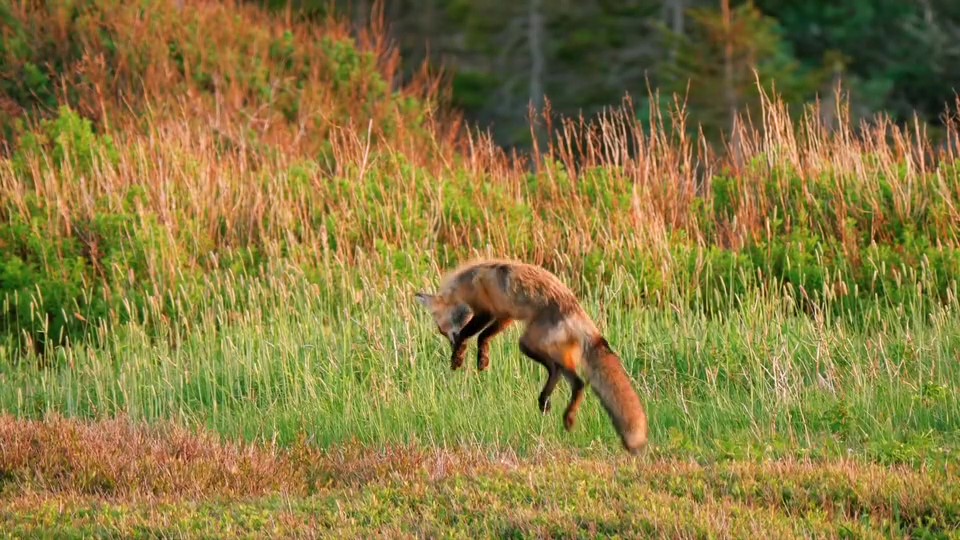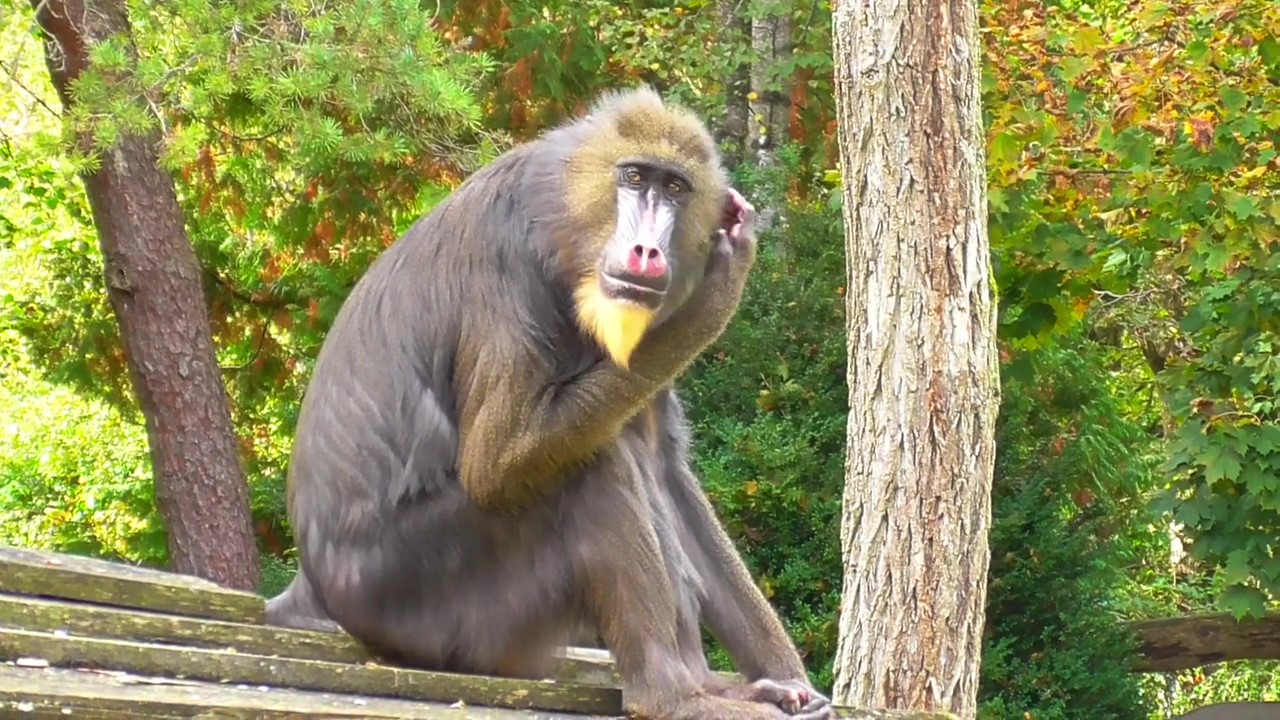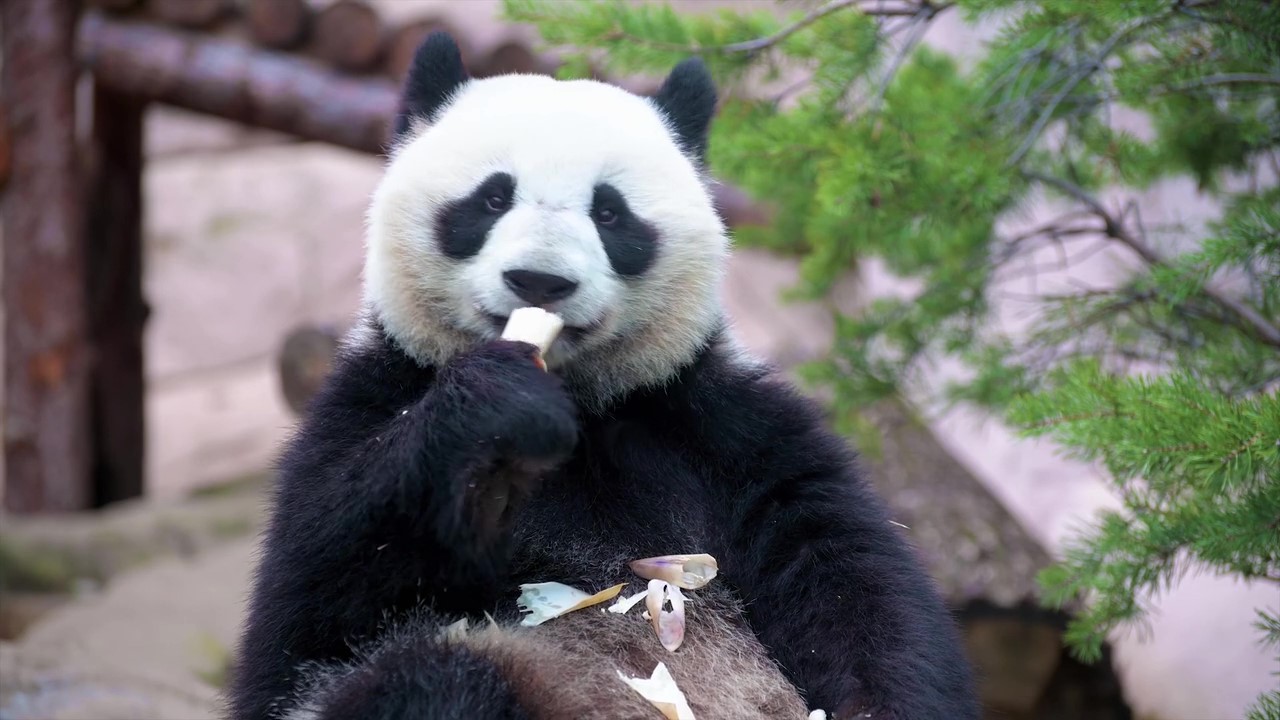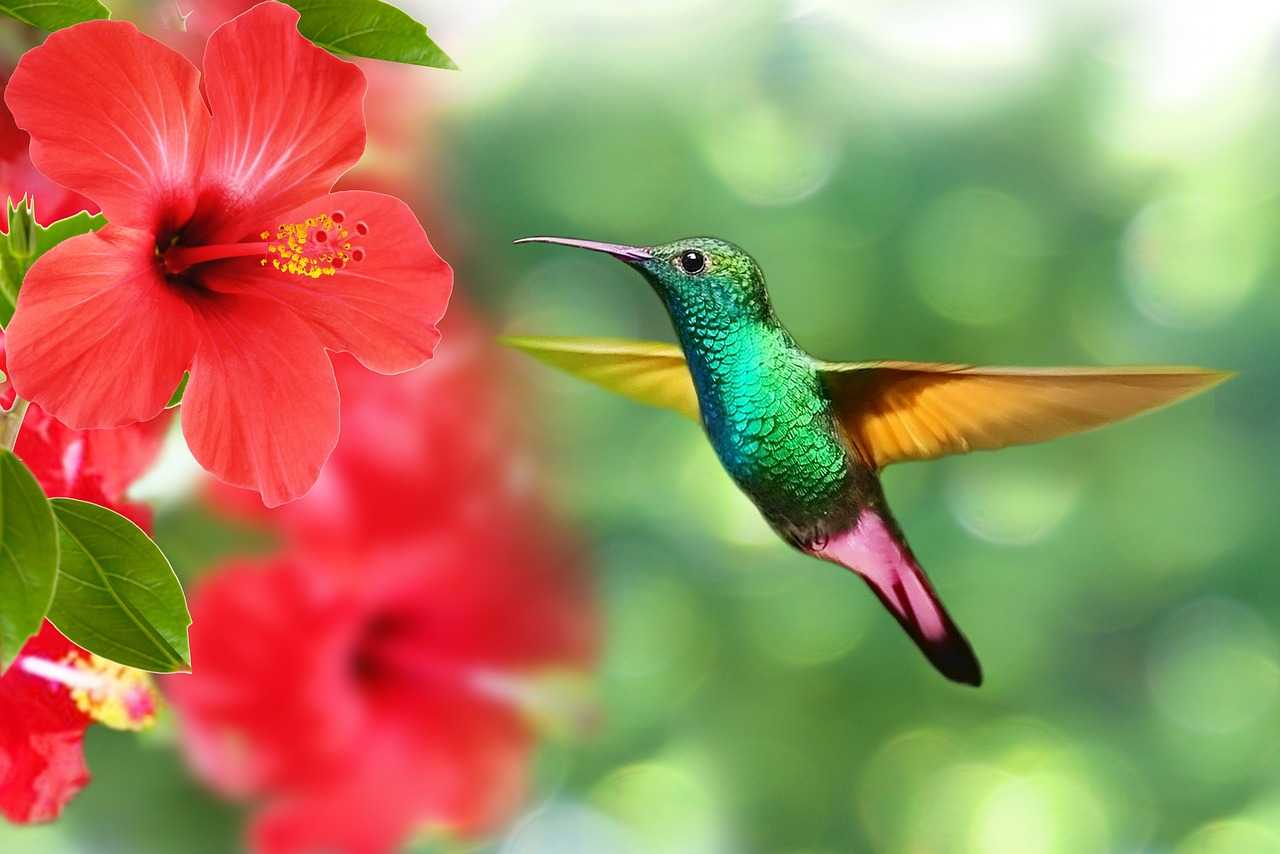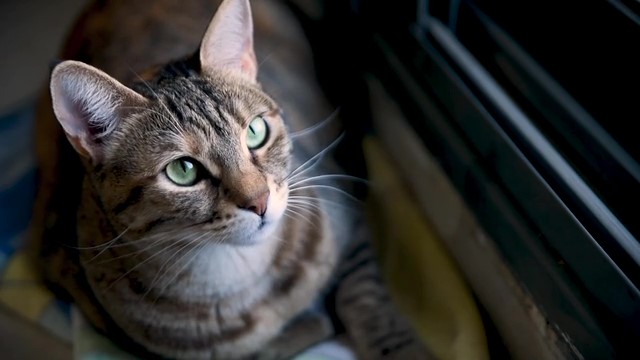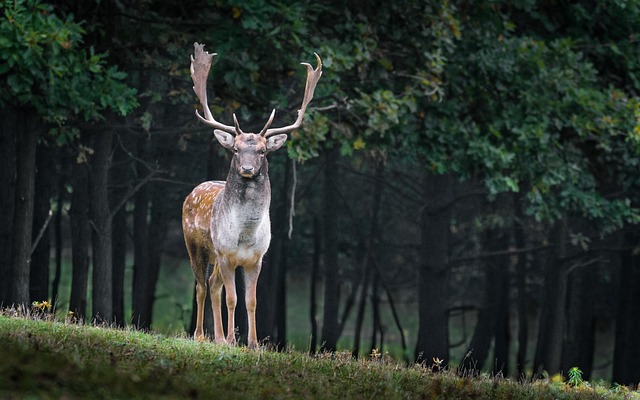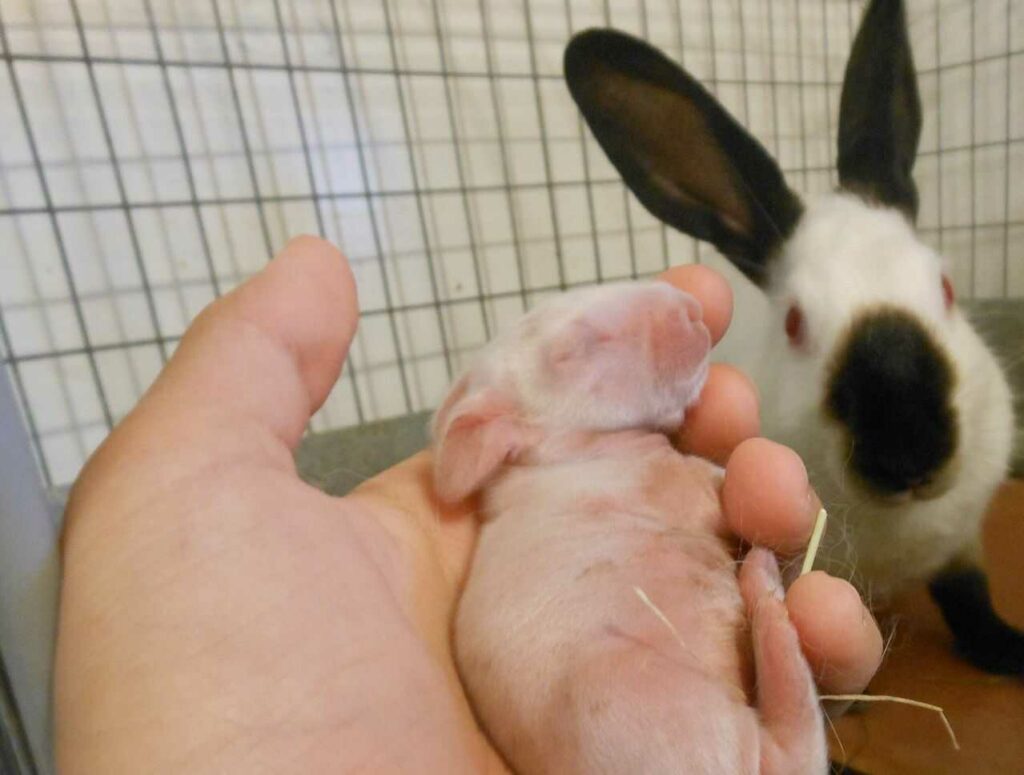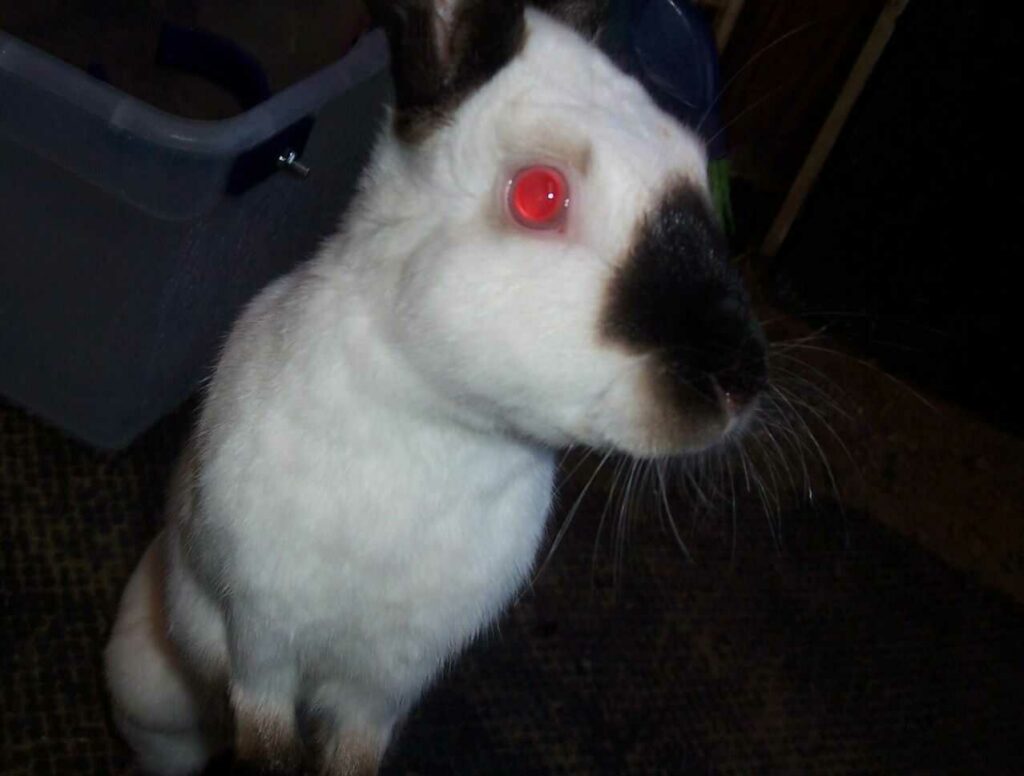
Himalayan
Himalayan
Himalayan
Do you know the rabbit called Himalayan? By the way, there is also a cat breed called Himalayan, but do you know which one got the name Himalayan first? Actually, it was the ‘rabbit’! The cat was named after the rabbit’s Himalayan because it looked similar. Let’s explore the secrets of the Himalayan that has such a mystery!
Himalayan Basic Infomation

Country of origin Near the Himalayas.
Senior / male, female More than 6 months 1.13kg~2.04kg, Ideal weight 1.6kg.
Junior / male, female Less than 6 months, Minimum weight 0.57 kg. ※American Rabbit Breeders Association (ARBA) standards.
The Himalayan is one of the oldest rabbits in the world. It is believed to originate from the Himalayan mountain range, but there is no definite evidence because it is a naturally occurring rabbit.
In the past, there are records that it was called by various names such as Chinese, Russian, Black Nose, etc., but when it was registered as a breed by the American Rabbit Breeders Association (ARBA), the name was fixed as Himalayan.
At first, there were only blacks, but by the breeders’ breeding, blue, chocolate, and lilac-colored Himalayans were born one after another, and in the early 1900s, they seem to have crossed from England to America.
Himalayan Q&A

Where does the Himalayan name come from?
It was named after the mountain’s name because it is said to have been found near the Himalayan mountain range.

What are the color variations of the Himalayan?
・The body color is pure white, but there are markings on the ears, nose, legs, and tail. (The marking colors are black, blue, chocolate, and lilac).
Only ruby red.
Himalayan is only a short-haired breed.

What does the Himalayan look like?
The head is long, and the round eyes, slender and erect ears are tapered at the tips. The fur, called flyback, is densely grown like silk.
The Himalayan has a slender cylindrical body shape called ‘cylindrical’, which is said to be a rare type that is not seen in other rabbits.
It has a meaty body, but surprisingly, the front legs are slender and slim.

Why do only the Himalayan have an unusual body shape?
It is a rabbit that was born naturally without the breeder’s intervention, but it is not well understood why only the Himalayan has a cylindrical body shape.
There is a possibility that it will be revealed by future research, so I’m looking forward to the new announcements!

How long does it take to buy a Himalayan?
When breeding animals, you may need to follow the laws set by each country. This time, I will talk about how to keep Himalayan at home in Japan. It is about 50,000 to 70,000 yen. The circulation of Himalayan is low, so the price is a little higher than other rabbits.
Also, rabbits that have a chance of winning at rabbit shows are called ‘show type’, and rabbits that have no problem keeping at home are called ‘pet type’, but if they become show type Himalayan, they may be a little more expensive.

I want to know more about the character of the Himalayan!
They are said to be spoiled and love to be held. Basically, rabbits are not good at being held, but perhaps the cylindrical body shape unique to Himalayan makes it less stressful for them to be held because their spine is straight, so many of them like to be held.
When they are young, they are curious and often run around the room. They calm down when they grow up, but training from an early age is very important.
They are originally smart, so if you spoil them too much, they may not listen to the owner’s words and see through them when they grow up.
If you forgive a little mischief because they are cute, it will be troublesome later, so sometimes you need to be cruel and make them learn the rules.
※When breeding animals, you may need to follow the laws set by each country.

What diseases are the Himalayan susceptible to?
Some diseases that Himalayan are prone to are ‘Rabbit Gastrointestinal Syndrome (RGIS)’, ‘Malocclusion’, and ‘Sore Hock (Pododermatitis)’.
This is a disease that used to be called ‘hairball’. Rabbits sometimes accidentally swallow their hair after grooming. It is not a problem if the swallowed hair comes out with the poop, but if a large amount of hair clogs the digestive tract, it can cause loss of appetite or inability to defecate.
At that time, it was called hairball because the cause was fur, but recent research has shown that it is not only fur that clogs the digestive tract, and to make it easier to understand, it is now called Rabbit Gastrointestinal Syndrome.
This disease is said to have the potential to affect almost all rabbits, so the prevention methods are to feed them fibrous timothy (hay), exercise them, give them plenty of water to prevent dehydration, and brush them moderately by the owner. These are important points.
Rabbit teeth grow throughout their lives, so normally they can prevent overgrowth by eating chew sticks or food rich in fiber, but sometimes they may not be able to wear down their teeth properly and have a bad bite.
If their teeth are in bad condition, they may lose their appetite or cause diseases such as nasolacrimal duct stenosis, so if you notice anything concerning about their teeth or how they eat, it is also recommended to consult a veterinarian.
It is called pododermatitis and it may develop if you continue to live a life that puts a strain on your feet. Especially large rabbits like Himalayan are prone to sore hock because they are heavy.
If you put carpets or mats on the floor of the cage, such as slatted or flooring, you can reduce the burden on your feet, so please make a stress-free environment for them.

What is the lifespan of the Himalayans?
It is said to be about 5 to 10 years, so it is about the same as the average lifespan of a typical rabbit.

Would you like to become a part of the 'Animalbook.jp'?
Turn your knowledge into Q&A and share it with the world. ※Publication will be activated after purchase. Let's share information together!
Himalayan Type of List

- Himalayan
Information
Congratulations! You are the first commenter!

Would you like to leave a comment?
※Please note: This is for the purchase of rights to post comments within the article.
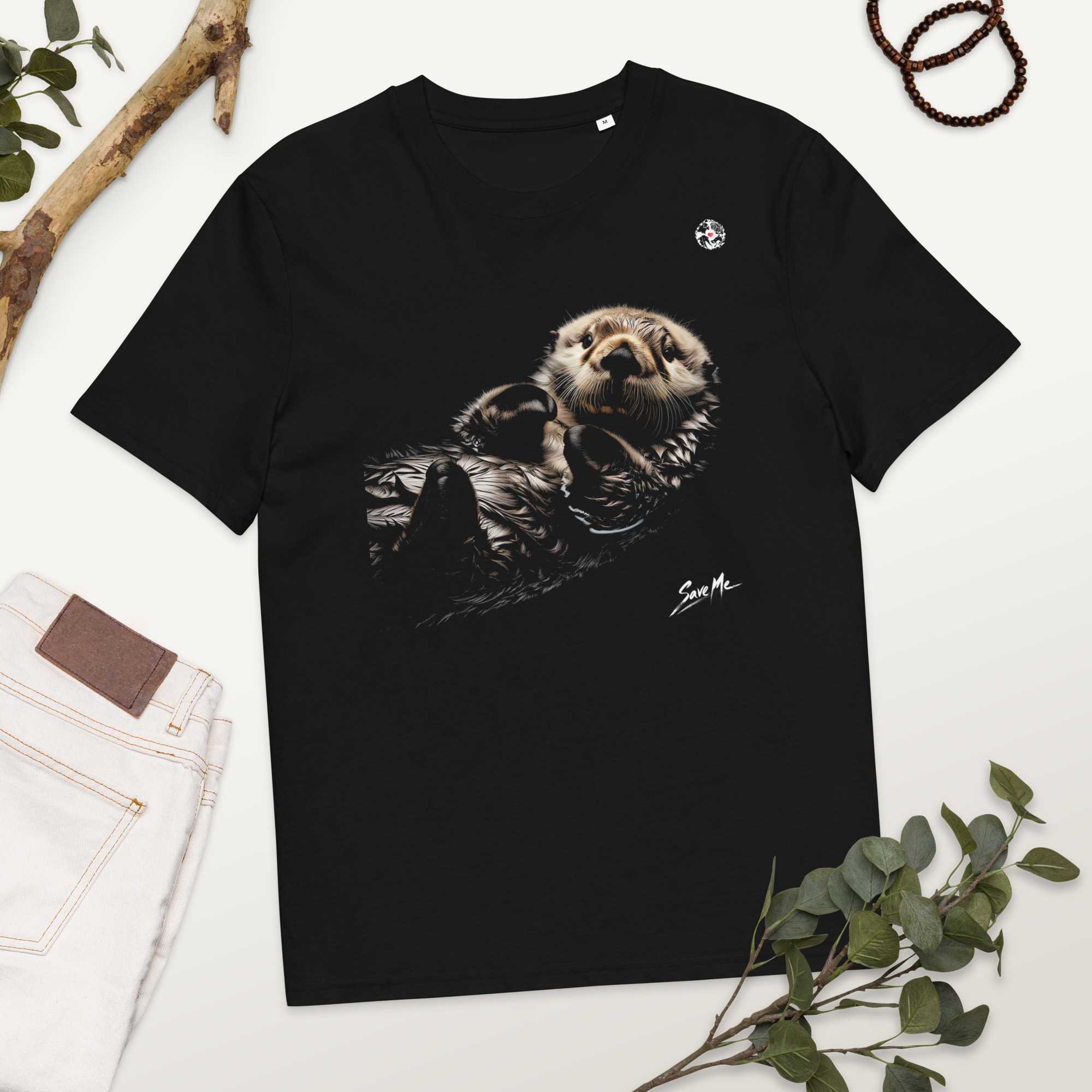
Find Your Favorites!
Our shop offers a unique and attractive selection of goods themed around various animals.
Himalayan References
Himalayan Introduction of media used

Help Enrich Our Animalbook.jp with Your Media!
We are constantly looking to expand and enrich our Animalbook.jp with amazing photos and videos of animals. If you have any media that you'd like to share, please contribute and help us showcase the beauty and diversity of the animal kingdom. Your submissions will be credited and featured in our encyclopedia, reaching a wide audience of animal lovers.

